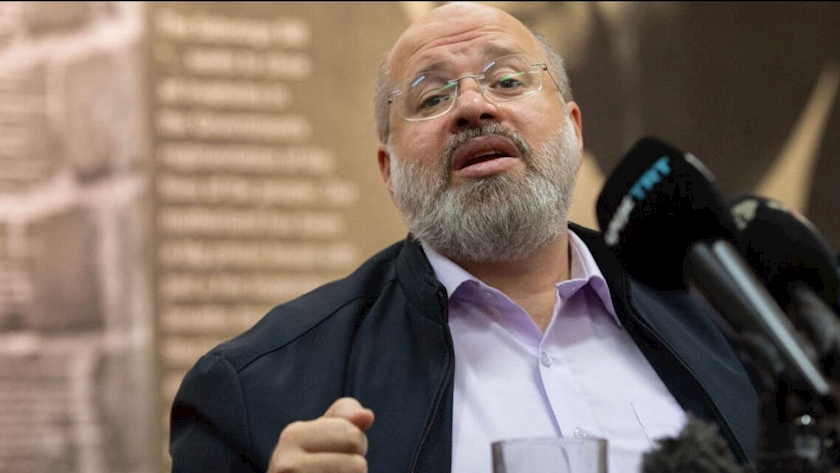AhlulBayt News Agency: The representative of the Palestinian resistance movement in Tehran has revealed new details about the July 31 assassination of Hamas leader Ismail Haniyeh in the Iranian capital. In an exclusive interview with The New Arab daily, Khaled Qaddoumi rejected the narrative reported by The New York Times, which claimed that a bomb detonation was the cause of the incident.
According to Qaddoumi, the building shook violently at 1:37 am local time (1007 GMT). "It felt like an earthquake or thunder, but it was neither," he recounted. Qaddoumi immediately left his room and encountered thick smoke. When he reached Haniyeh’s room on the fourth floor, he found that the walls and roof had collapsed, and Haniyeh, along with one of his bodyguards, had been martyred.
Qaddoumi suggested that the attack was carried out by an aerial projectile or missile, although he refrained from providing further technical details, citing ongoing investigations. He emphasized that the findings of these investigations would be released at a later date.
Qaddoumi criticized American and Israeli media outlets for reporting that a bomb had been planted under Haniyeh’s bed. "These narratives are designed to deflect responsibility from Israel and allow it to escape the consequences of its actions," he asserted.
He accused Israel of planning and executing the attack with the knowledge and consent of the United States. Qaddoumi pointed to a recent visit by Israeli Prime Minister Benjamin Netanyahu to Washington, suggesting that American officials were complicit in the assassination.
Ismail Haniyeh, the political bureau chief of Hamas, was assassinated in his residence in Tehran early on Wednesday. As investigations continue, the assassination has further strained relations in an already volatile region. The Palestinian resistance movement and its supporters await the full disclosure of the circumstances surrounding Haniyeh’s martyrdom, while Israel and its ally, the United States, continue to escalate the situation in the region.
/129
According to Qaddoumi, the building shook violently at 1:37 am local time (1007 GMT). "It felt like an earthquake or thunder, but it was neither," he recounted. Qaddoumi immediately left his room and encountered thick smoke. When he reached Haniyeh’s room on the fourth floor, he found that the walls and roof had collapsed, and Haniyeh, along with one of his bodyguards, had been martyred.
Qaddoumi suggested that the attack was carried out by an aerial projectile or missile, although he refrained from providing further technical details, citing ongoing investigations. He emphasized that the findings of these investigations would be released at a later date.
Qaddoumi criticized American and Israeli media outlets for reporting that a bomb had been planted under Haniyeh’s bed. "These narratives are designed to deflect responsibility from Israel and allow it to escape the consequences of its actions," he asserted.
He accused Israel of planning and executing the attack with the knowledge and consent of the United States. Qaddoumi pointed to a recent visit by Israeli Prime Minister Benjamin Netanyahu to Washington, suggesting that American officials were complicit in the assassination.
Ismail Haniyeh, the political bureau chief of Hamas, was assassinated in his residence in Tehran early on Wednesday. As investigations continue, the assassination has further strained relations in an already volatile region. The Palestinian resistance movement and its supporters await the full disclosure of the circumstances surrounding Haniyeh’s martyrdom, while Israel and its ally, the United States, continue to escalate the situation in the region.
/129

